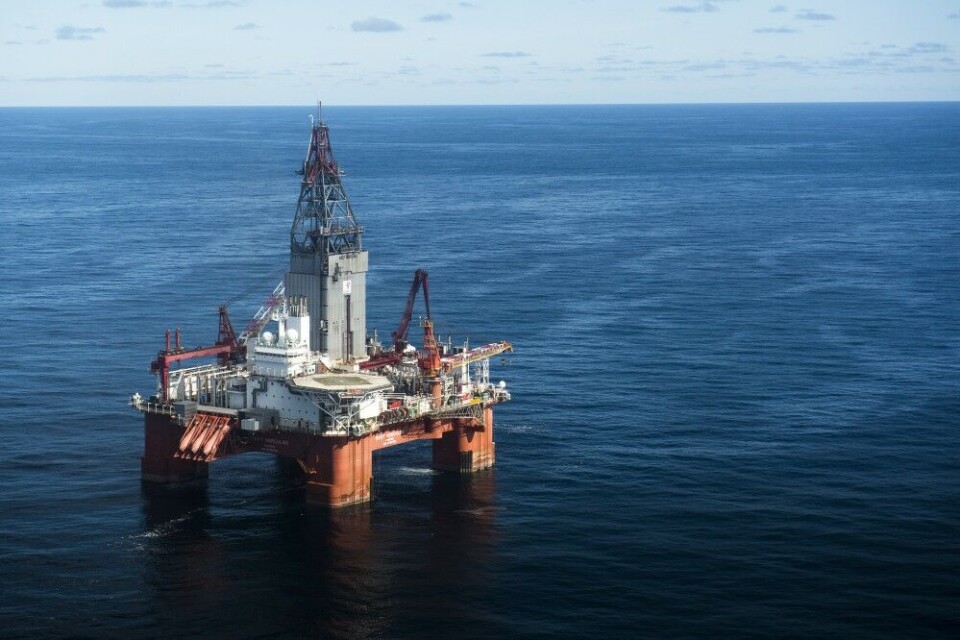
Barents Sea oil champions get more licenses
Companies Statoil, Eni and Lundin might add resources to recent discoveries in the area.
p.p1 {margin: 0.0px 0.0px 0.0px 0.0px; font: 11.0px Helvetica; color: #000000; -webkit-text-stroke: #000000}p.p2 {margin: 0.0px 0.0px 0.0px 0.0px; font: 11.0px Helvetica; color: #000000; -webkit-text-stroke: #000000; min-height: 13.0px}p.p3 {margin: 0.0px 0.0px 0.0px 0.0px; font: 11.0px Helvetica; color: #000000; -webkit-text-stroke: #000000; background-color: #ffe061}span.s1 {font-kerning: none}
The new acreage, offered by the Norwegian government as part of its Awards in Predefined Areas (APA 2016), are located near the companies’ discoveries. Lundin gets a 50 percent stake of a license area located south of the Gohta discovery.
«This is in line with our strategy to secure connected exploration acreage in areas where we want to invest», exploration manager Halvor Jahre says in a press release.
Meanwhile, Eni wins two awards in areas located near its Goliat field and Statoil gets 50 percent of license PL901, an area near the Tornerose discovery.
«We are very content with the awards, it confirms our long-term strategy in Norway and the specifically the Barents Sea», Eni writes in comment.
The three companies are the leading developers of the Barents Sea. They also get license stakes in the Norwegian Sea.
The awards by the Norwegian Ministry of Petroleum and Energy includes a total of 29 companies and and 56 production licenses. The lion’s share of the licenses (36) are located in the North Sea, while 17 are in the Norwegian Sea and three in the Barents Sea, the Ministry informs.
“It is very positive that the oil companies still see potential on the Norwegian shelf, and that interest to invest in exploration in mature areas is significant,” says Sissel Eriksen, exploration director in the Norwegian Petroleum Directorate (NPD).
In a press release, Eriksen confirms that there is considerable interest in areas located near earlier discoveries in the Barents Sea and Norwegian Sea.
The APA licensing rounds cover the most explored areas on the Norwegian shelf. Since the first APA round in 2003, the APA acreage has been expanded several times and comprised a total of 240 653 square kilometres in APA 2016, which is an expansion of 20 018 square kilometres since APA 2015.
















